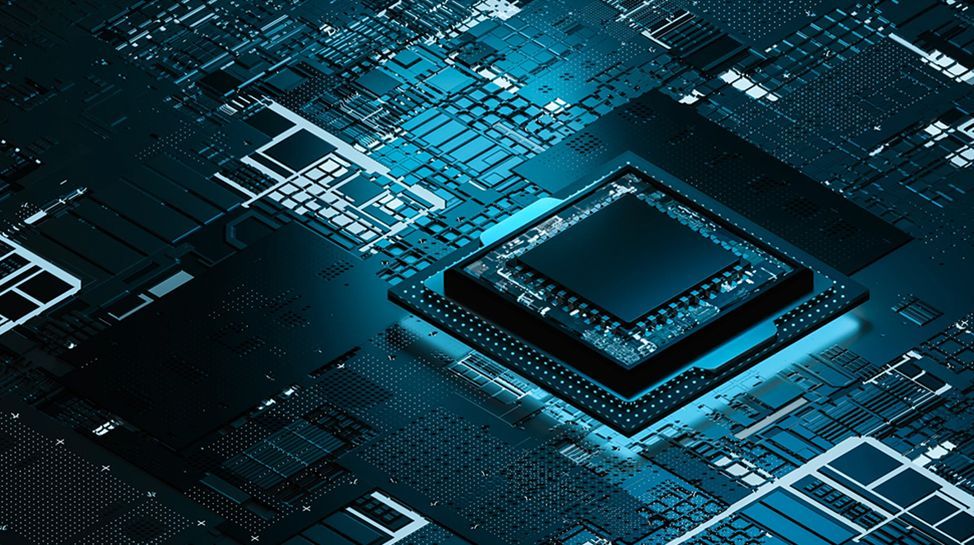The current memory market, worth $165 billion a year, is dominated by DRAM and NAND flash. The former is fast and has excellent resilience, but is volatile and requires constant updating of data. The latter, on the other hand, is non-volatile and retains data when not powered on, but is slower and has little resistance to the program/erase cycle.
ULTRARAM, developed by Quinas Technology, a spin-out company from Lancaster University in the UK, combines the advantages of both, offering fast, non-volatile memory with high endurance and ultra-low switching energies.
The technology, which recently won an award at the Flash Memory Summit, boasts greater longevity than flash storage, matches system memory read/write speeds, and requires less power.
resonant tunnel
ULTRARAM leverages a quantum mechanical process called resonant tunneling, allowing it to deliver non-volatility with fast, energy-efficient write and erase capabilities, leading to high endurance. This combination of properties was previously considered unattainable and has therefore been referred to by some as the “holy grail of memory technology”.
ULTRARAM is not silicon-based, but rather uses materials known as III-V compound semiconductors, including gallium antimonide (GaSb), indium arsenide (InAs), and aluminum antimonide (AlSb).
Unlike flash memory, which uses a highly resistive oxide barrier to retain charge, ULTRARAM uses atomically thin layers of InAs/AlSb to create a “triple barrier resonant tunnel” (TBRT) charge confinement structure. This allows ULTRARAM to switch between a highly resistive state and a highly conductive state, giving it its unique properties.
ULTRARAM's energy efficiency is certainly impressive. It has a switching energy per unit area that is 100 times less than DRAM, 1,000 times less than flash, and more than 10,000 times less than other emerging memories. Its ultra-low power credentials are further enhanced by its non-destructive readout and non-volatility, eliminating the need for upgrading.
Also worth mentioning is ULTRARAM's resistance. Quinas claims that he has demonstrated degradation-free operation in more than 10 million program/erase cycles.
The development of ULTRARAM is timely as data centers consume increasing amounts of electricity. By reducing the power needed to keep data alive in active memory or switch it between stored and active memory, ULTRARAM could significantly reduce industry power demands.
And one more benefit? The inventors say it can be mass produced using existing manufacturing processes in the semiconductor and silicon industries.








